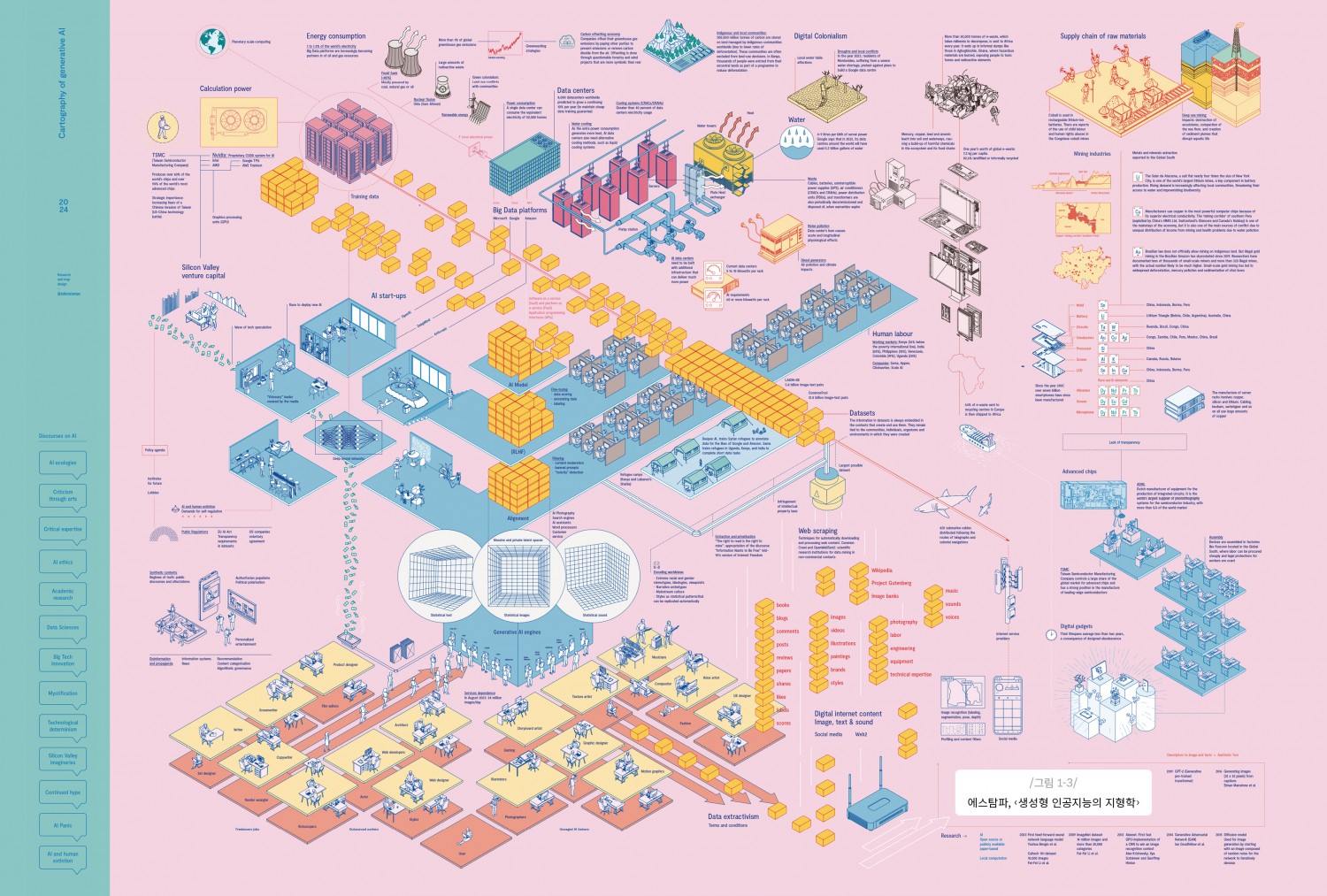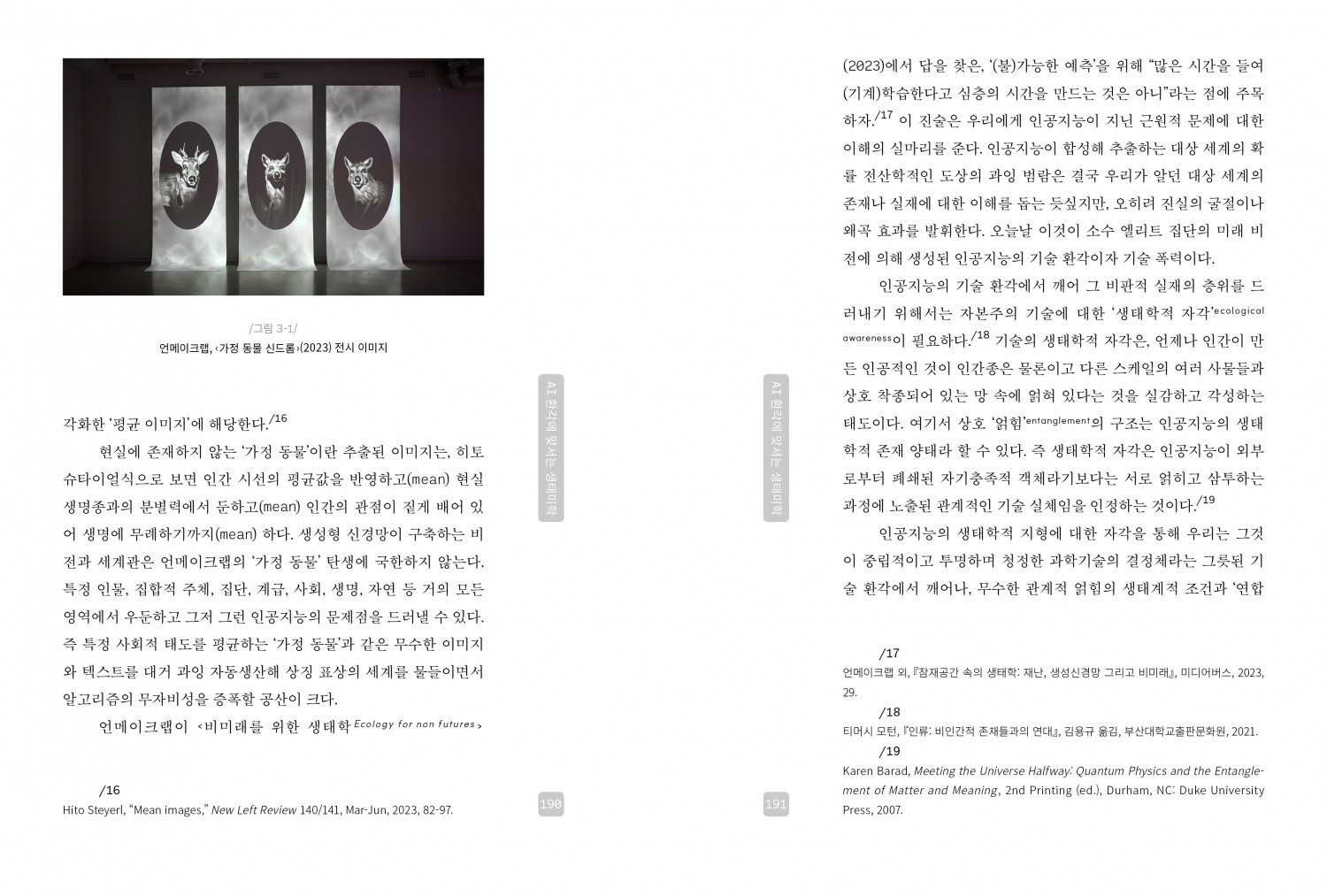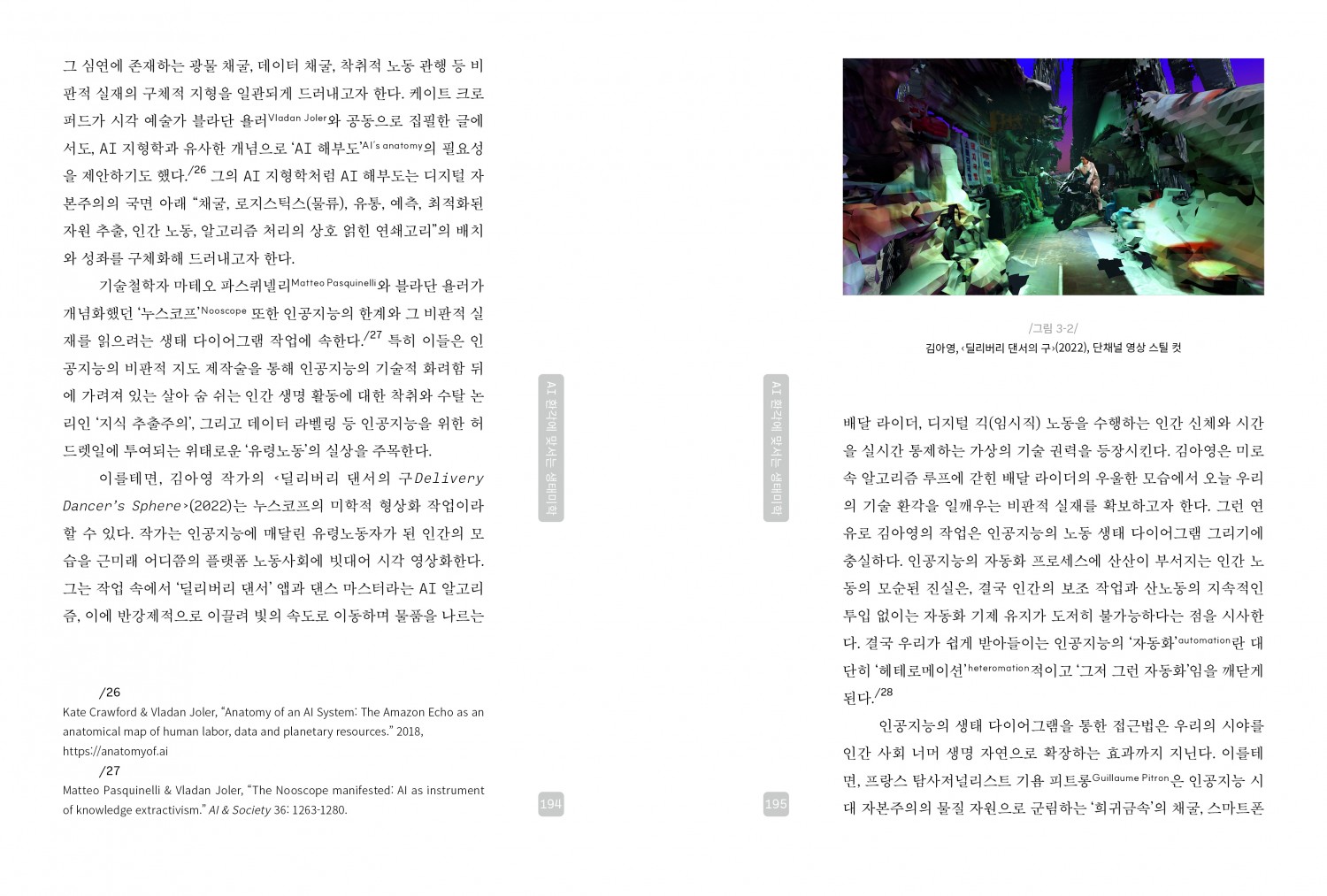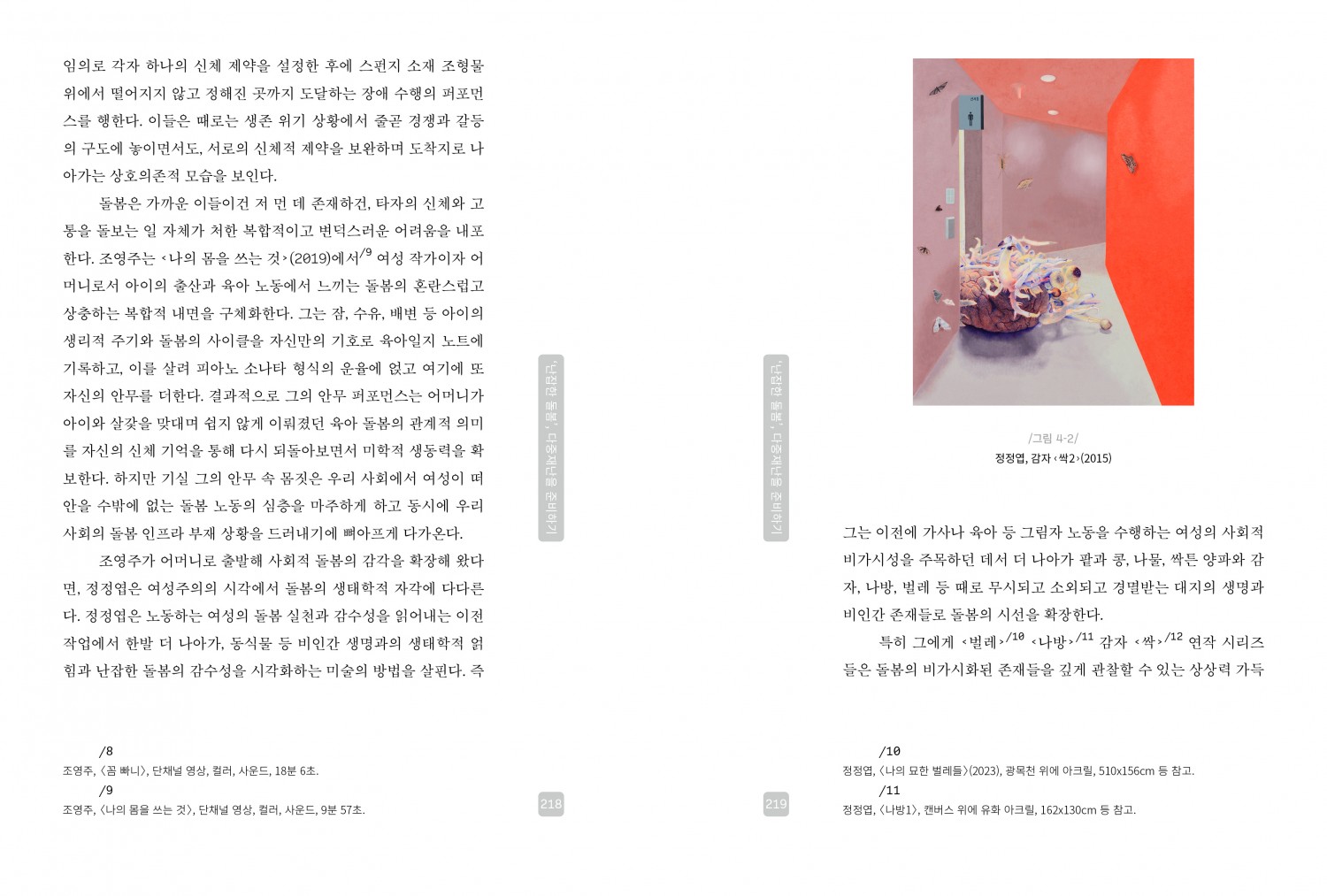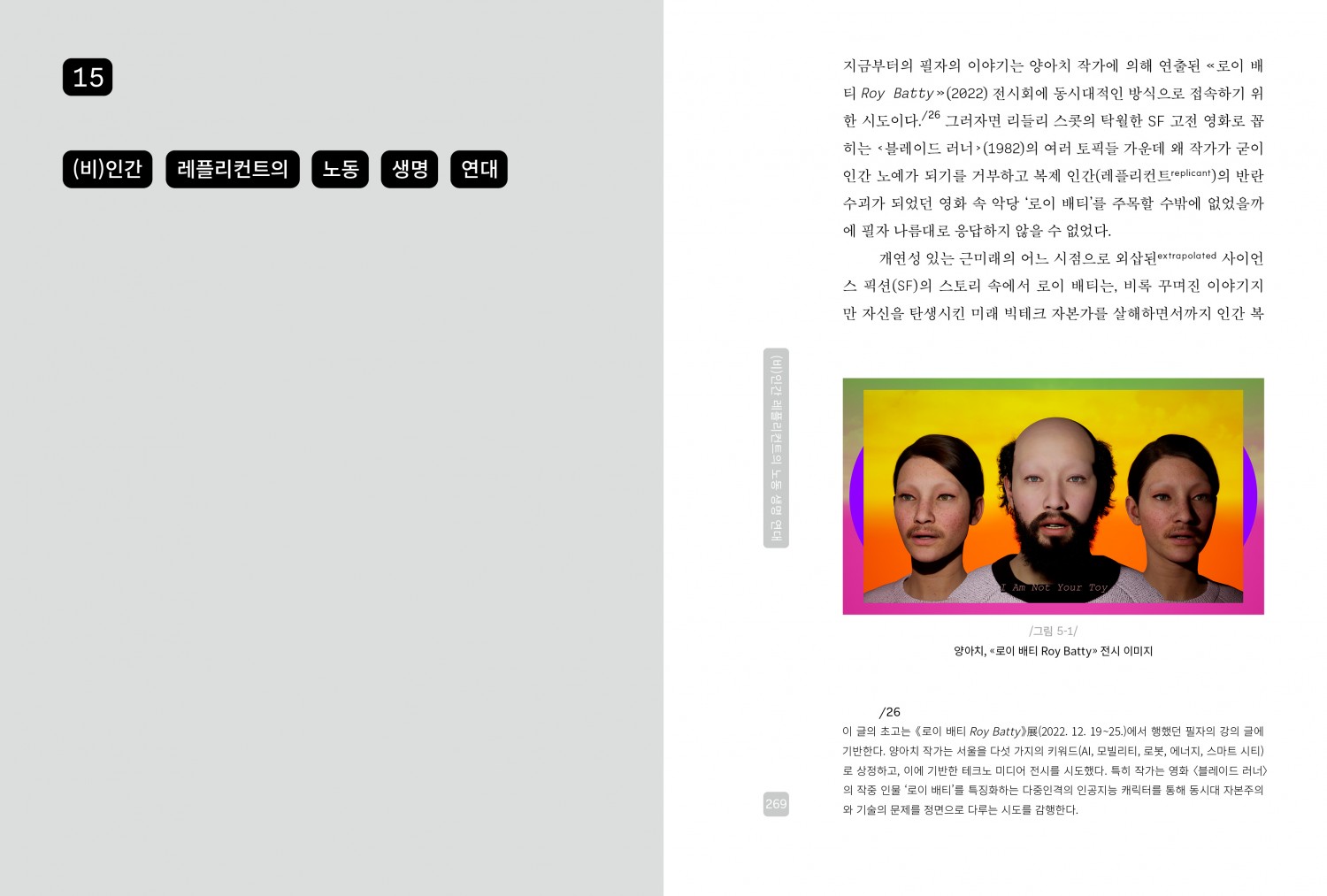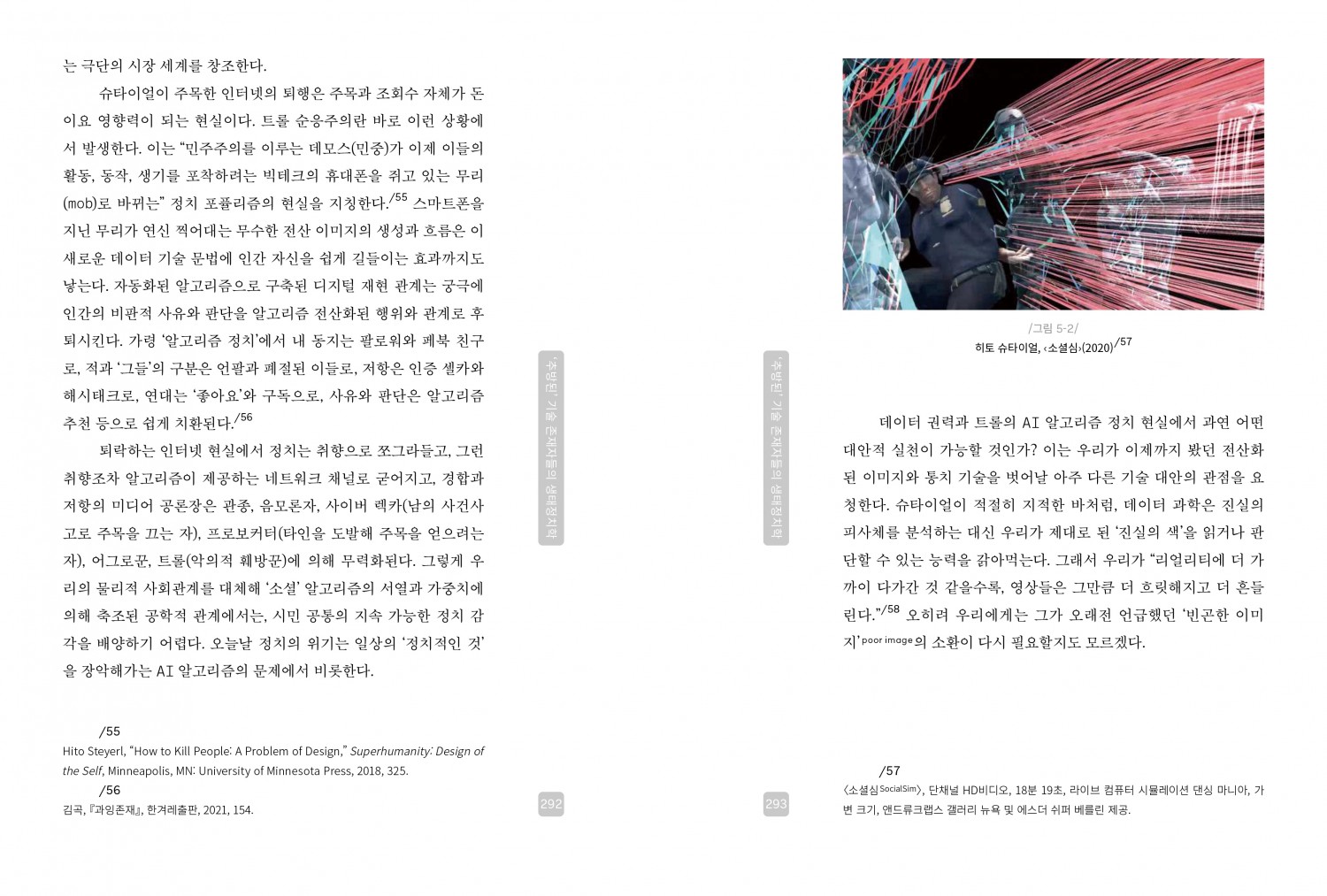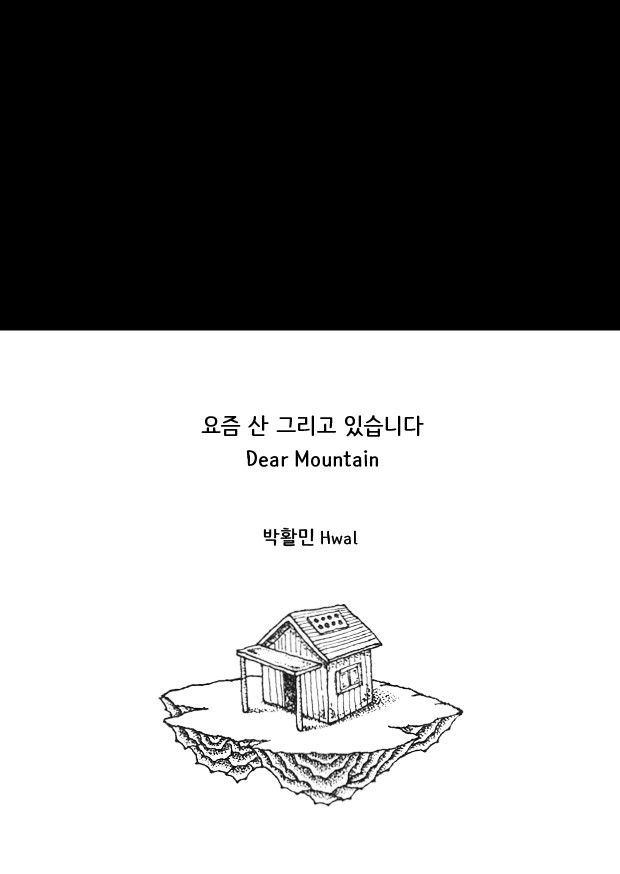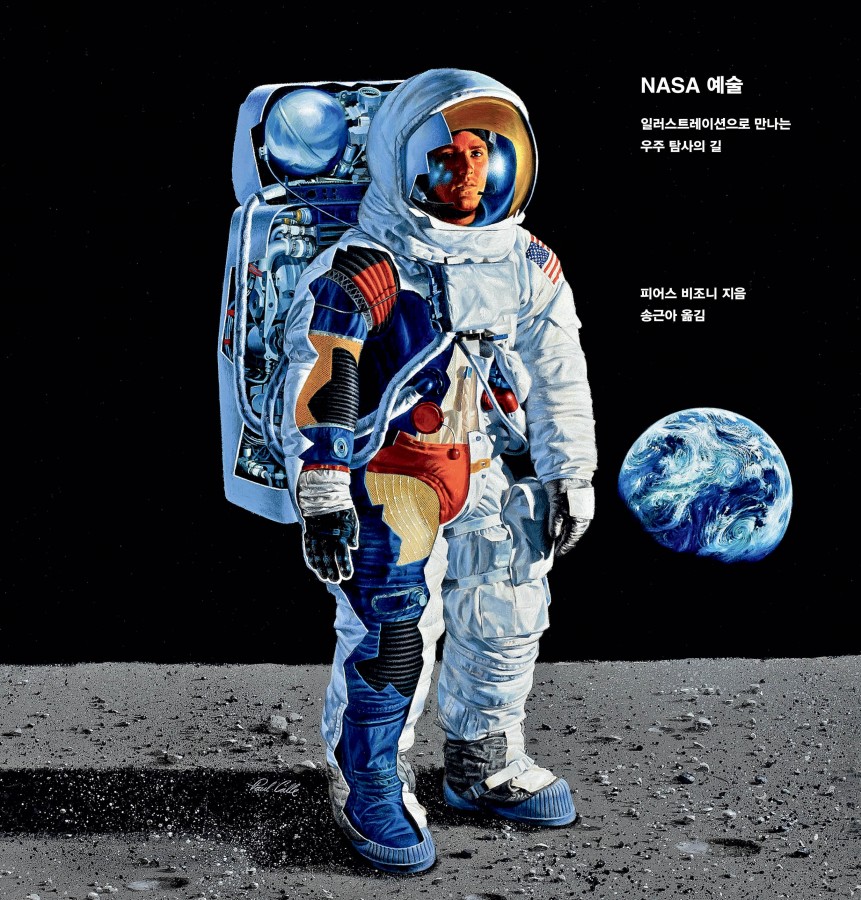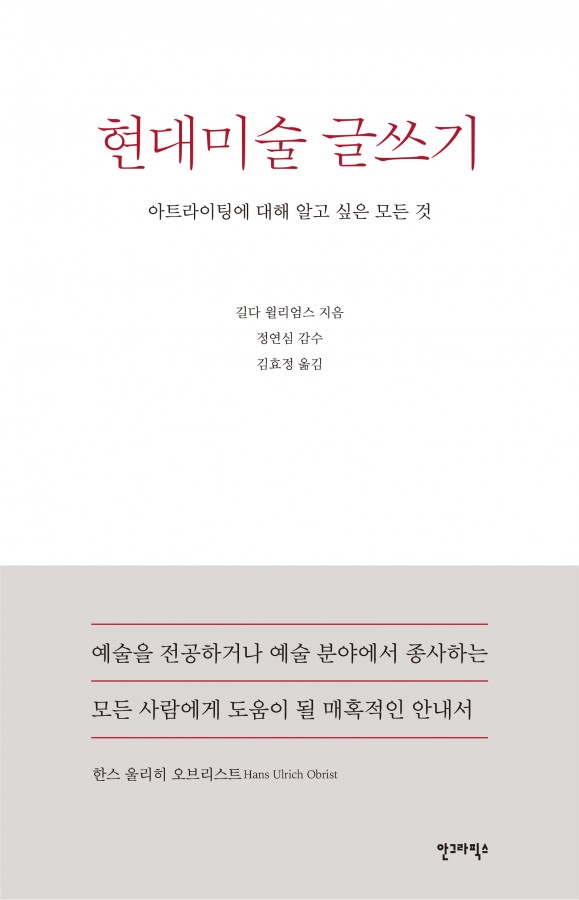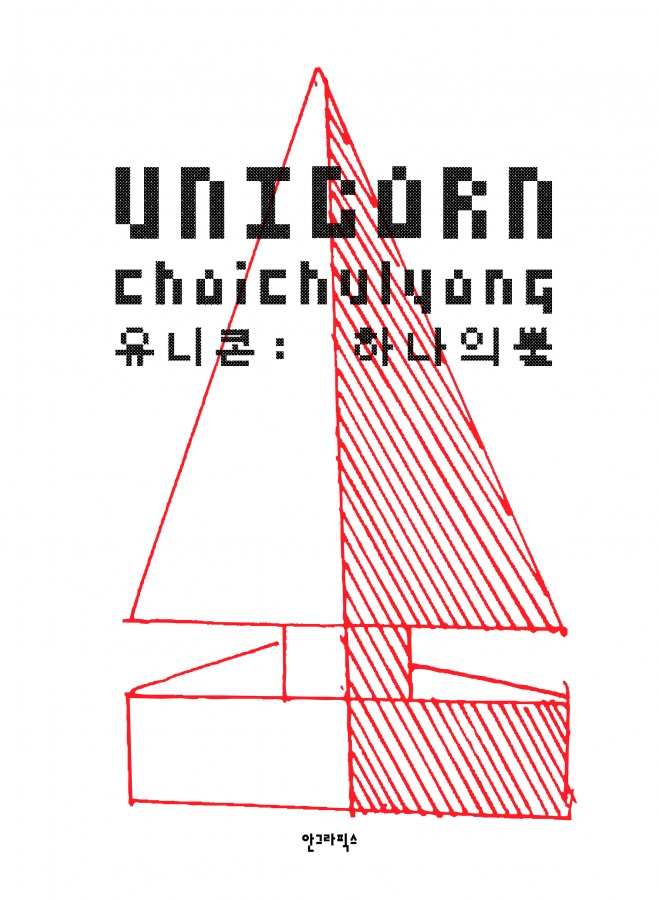This study analyzes the impact of advances in artificial intelligence and changes in the media environment on our society, culture, and ecology, and explores their future directions. It focuses on how our lives are being restructured in the AI-mediated society amid the crisis of the Anthropocene, and what these transformations signify in terms of social ethics, politics, and ecology.
AI Media Ecology
편집자의 글
The Age of Technological Worship: Reconsidering the Human Rights and Biotic Status of AI
Artificial intelligence and media technologies are rapidly transforming our society, daily lives, and culture at large. Yet as techno-optimism—the blind faith that technological innovation is inherently good—and a culture of technological worship increasingly dominate the social landscape, we risk succumbing to the illusion that “technology alone is the solution.” This book fundamentally questions how dangerous it is to center social innovation solely around technology itself, and asks how technology, as a tool, must be reconfigured in light of social and ecological responsibility.
The concept of “AI Media Ecology” begins from a critical awareness of a world in which technology is revered as a new faith or as the emblem of a new social order. While technological advancement is undoubtedly one of humanity’s greatest achievements, we cannot ignore the fact that it has brought the planet into the crisis of the Anthropocene.
Rather than embracing the uncritical assumption that “technology is the answer,” the book asks why, how, and for whom artificial intelligence is being used. It argues that for innovation in the AI era to lead to genuine collective flourishing, both humans and technology must adopt an attitude of humility in the face of realities such as the climate crisis and ecological inequality. Technology, too, must be redesigned and deployed through an ecological lens.
An ecological approach, in particular, reveals the hidden infrastructures behind AI and media technologies. The computation of AI entails massive energy consumption and carbon emissions, along with the reckless mining of rare minerals, exploitative labor practices, and toxic waste—issues that often remain invisible in everyday discourse. The book asserts that confronting the material realities and social costs concealed behind the banner of “AI as an immaterial and clean industry of the future” is the true starting point of ecological transformation.
AI Media Ecology contends that both extremes—“naive techno-utopianism” and the fatalistic view that “technology inevitably leads to catastrophe”—are no longer tenable. Instead, it calls for a reconfiguration of the binary boundaries between artificial and natural, life and machine, material and immaterial, real and virtual, urging a renewed understanding of how these elements are intricately entangled.
The hybrid and complex effects of media and technology at the frontlines of change—and the resulting challenges of environmental destruction, data inequality, social polarization, and the hierarchization of labor—demand new solutions. The key lies in regulating the speed and indiscriminate application of technology and fostering harmonious coexistence between ecology and society. This book proposes a new paradigm that connects today’s AI innovation not to technological supremacy itself, but to building a sustainable future for both humanity and the planet.
책 속에서
As uncritical techno-optimism and the worship of technology intensify, the introduction and application of emerging technologies come to be exalted as if they were breaking away from outdated practices and generating new social values. Technological absolutism is regarded as the righteous path to social innovation, becoming the dominant sentiment of our time. Yet, as reiterated, this perspective carries the peril of instrumental rationality—treating technology itself as the sole and direct substance of social transformation.
“AI Media Ecology” arises from the author’s critical awareness and desire to restore media technologies—now elevated to objects of worship or faith—back to their rightful place. Humanity has built civilization through its unique capacity to invent technology, a faculty distinctive to our species. Yet it is equally true that the very advancement of such high-level technologies has contributed to bringing our contemporary planetary condition into the crisis of the Anthropocene.
In this era where technology has become a new religion amid the reality of the Anthropocene crisis, this book examines what the status and direction of AI technology ought to be. Finding a path toward collective flourishing through transforming and rethinking today’s advanced media technologies is by no means an easy task. However, in the face of climate catastrophe, human technology, too, must learn humility.
Thus, I turn my attention to an ecological approach and solution to AI technology—an approach grounded in ecologism, which above all emphasizes the need to reimagine our relationships of peaceful entanglement with all forms of life and more-than-human beings.
For those of us accustomed to novelty, speed, acceleration, growth, competition, and progress, the sensibilities of slowness, deceleration, degrowth, coexistence, and care often feel unfamiliar. Yet the crisis of the Anthropocene reminds us that unless we adopt an awareness of ecological entanglement and a relational sensibility as a way of life, survival on this planet called Earth will be difficult. In particular, cultivating a sense of coexistence mediated by technology is closely tied to becoming attuned to the ethos of deceleration.
The practice of deceleration must begin by exposing the material conditions and infrastructural realities of contemporary artificial intelligence—technologies that often masquerade as immaterial, clean innovations. From the perspective of the climate crisis, it is crucial to draw attention to the waste heat generated by the excessive energy consumption and carbon emissions involved in the computational processes of generative AI.
In addition, we must confront the ecological ruptures that remain largely invisible to us: the environmental destruction and degradation caused by indiscriminate extractivism in rare metal (rare earth) mining; the exploitation of laborers in the Global South mobilized for extraction and mining; the toxic refining processes that follow rare earth mineral mining; and the precarious labor conditions of those engaged in AI reinforcement learning. Revealing these concrete realities is essential to understanding the fractured ecology underlying artificial intelligence.
Our understanding of technology can no longer remain trapped in the binary of naïve optimism about a distant technological future and self-defeating fatalism. To weave contemporary technology into the ecological paradigm of the Anthropocene, we must first take a more grounded, reality-based approach—reconfiguring and rebalancing the relationships among the artificial and the natural, the living and the mechanical, the virtual and the real, the material and the immaterial that surround us.
Only through such recalibration can we begin to open a testing ground for ecological healing, addressing the pervasive technological toxicity that afflicts the planet. Ultimately, deceleration must serve as a vital means to regulate the frenzied pace of techno-capitalist acceleration and to bring the Anthropocene crisis to a halt.
차례
Introduction – Beyond Technological Worship and Faith
Part 1. Anthropocene Techno-Ecology
- The Landscape of Contemporary Capitalist Realism
- The Anthropocene Crisis and Ecologism
- Symbiotic Technologies Against Technological Fetishism
- Ecological Modes of Thought in Contemporary Technology
Part 2. AI Synthetic Media and Anti-Ecologism
5. Techno-Realism and the Labor of AI Creation
6. The “Brave New World” Imaginary of Generative AI
7. AI Synthetic Media and the Decline of Remix Culture
8. The Technological Failure of the Korean AI Chatbot Iruda
Part 3. AI Eco-Aesthetics and Ecological Literacy
9. The Socio-Aesthetic Conditions of Art-Tech
10. Eco-Aesthetics Against AI Hallucination
11. Generative AI Media and Ecological Literacy
Part 4. Care, Pathos, and the Data Commons
12. “Messy Care”: Preparing for Multiple Disasters
13. The Commons of Pathos and World-Making Otherwise
14. The Politics of Documentation and the Data Commons
Part 5. Toward an AI Ecopolitics
15. The Labor-Life Solidarity of (Non)Human Replicants
16. The Ecopolitics of “Exiled” Technological Beings
17. Decelerationism as a Method for Techno-Ecopolitics
